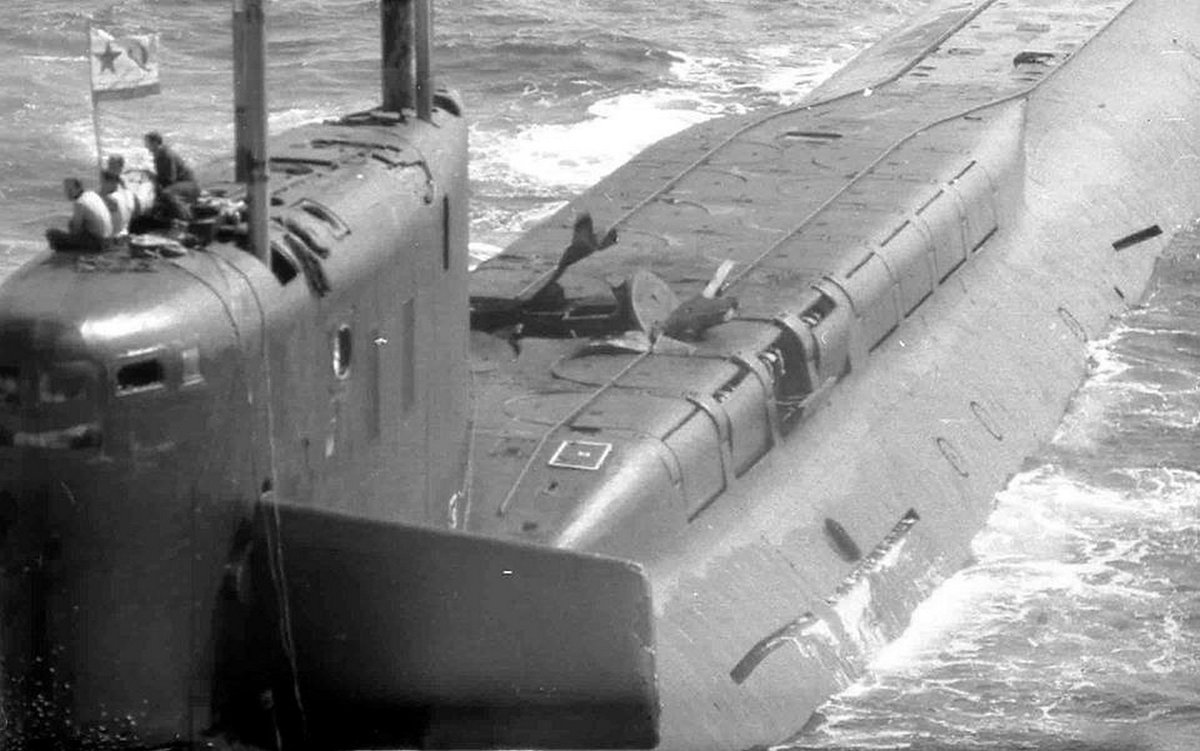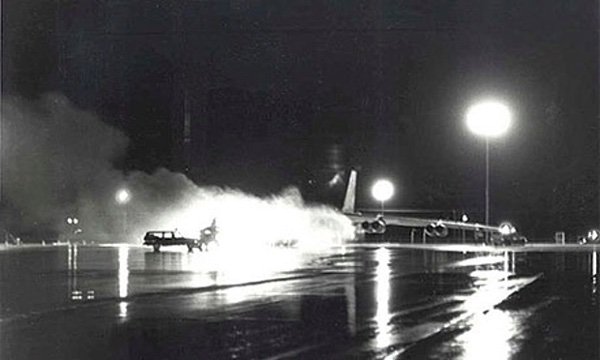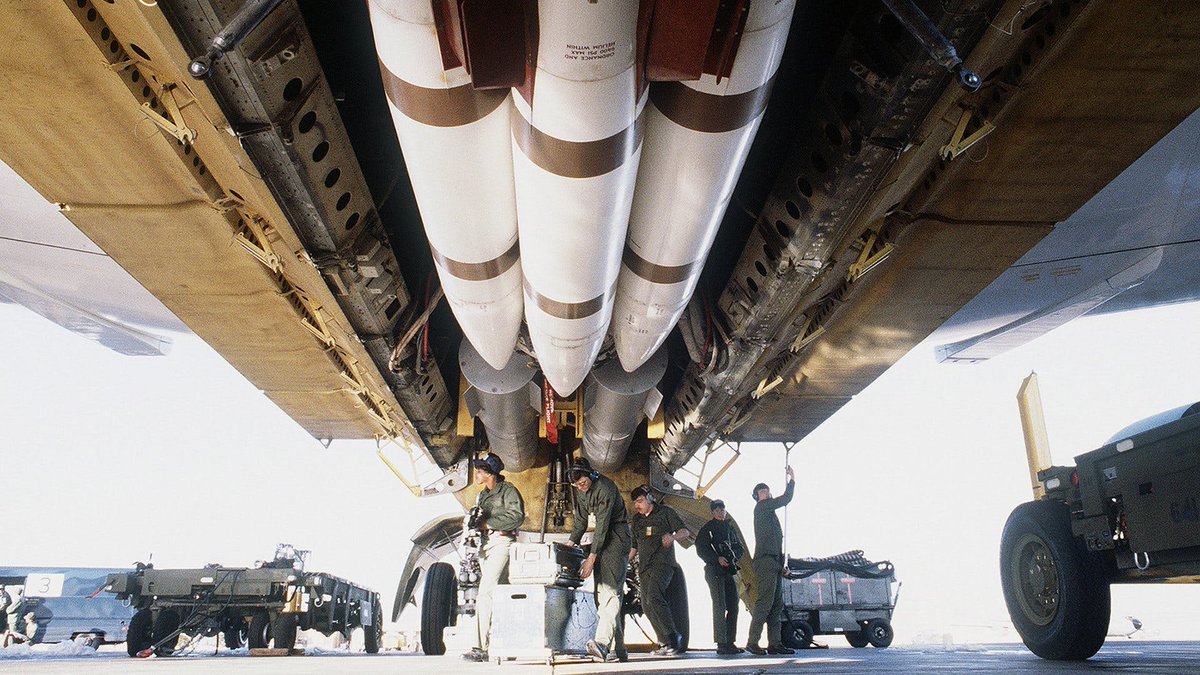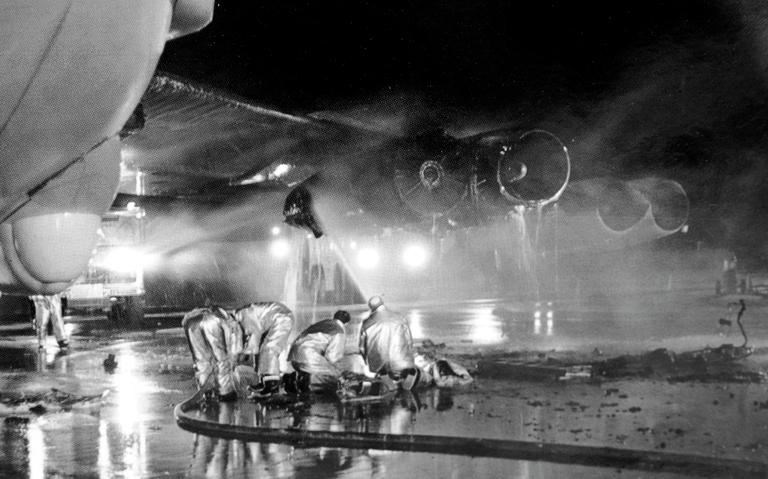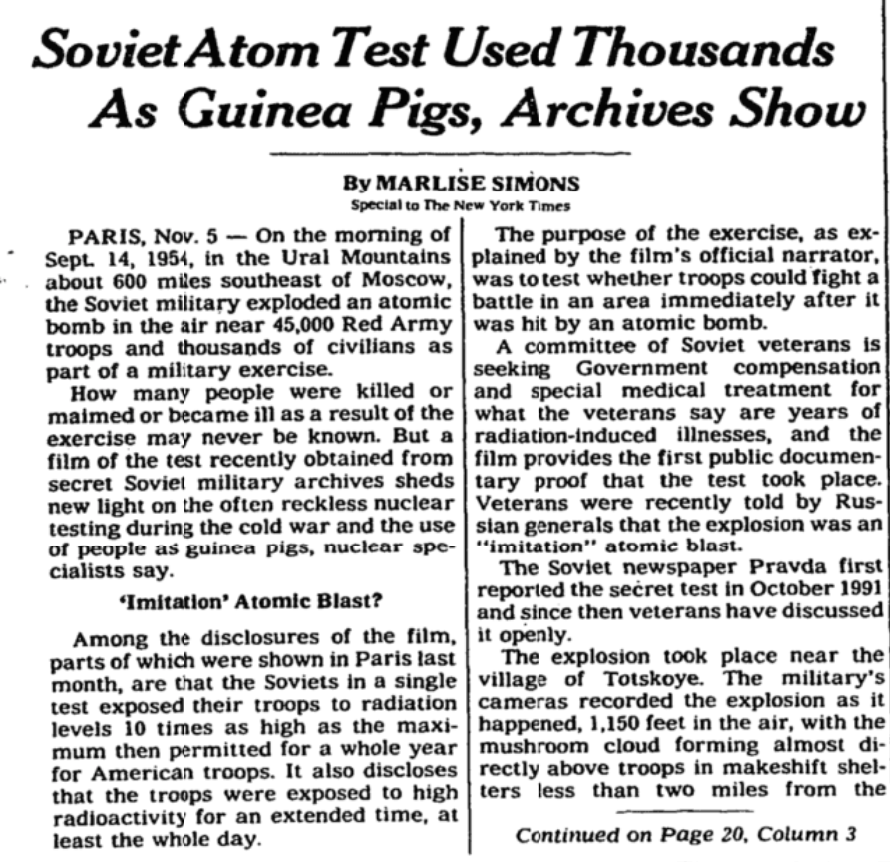
Thread: The "Football" is a dangerous anachronism. The risk of a bolt-out-of-the-blue attack remains extremely low (as it was throughout the Cold War). There is no need for a president to be able to order a nuclear strike on a moment’s notice in order to deter or respond to one.
https://twitter.com/AtomicAnalyst/status/1312160537937993731
The "Football" creates a false sense of urgency—not least because at any given time, 4-5 invulnerable Trident submarines are on alert in the Atlantic and Pacific, each capable of launching in as little as 5-15 minutes up to 20 SLBMs carrying a total of 80-100 warheads.
The constant presence of the "Football" at the president's side perpetuates a mindset that could—especially in a crisis—lead to catastrophic, irreversible mistakes. And it sends counterproductive signals to the rest of the world about continuing US dependence on nuclear weapons.
It's hard—impossible, really—for the United States to demand that other countries abandon their pursuit of nuclear weapons or eliminate those they already have when it insists on keeping the proverbial button for ending the world within shouting distance of the president 24/7.
• • •
Missing some Tweet in this thread? You can try to
force a refresh


